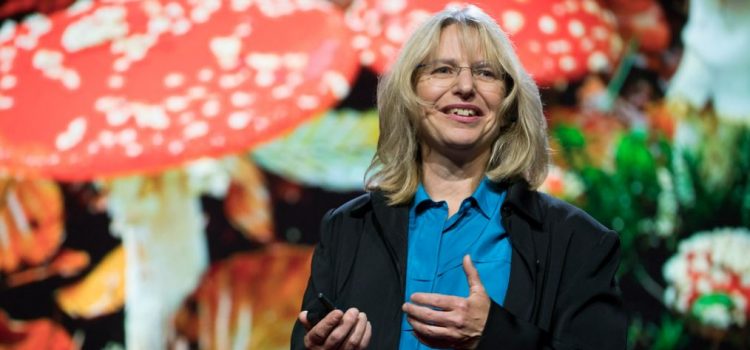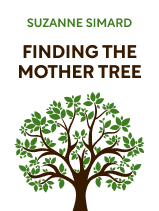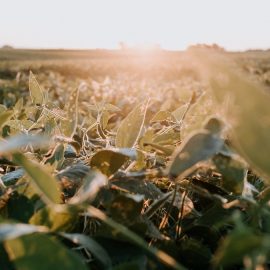

This article is an excerpt from the Shortform book guide to "Finding the Mother Tree" by Suzanne Simard. Shortform has the world's best summaries and analyses of books you should be reading.
Like this article? Sign up for a free trial here.
What is the most important to know from Suzanne Simard’s biography? How did she become an ecologist?
Suzanne Simard is one of the top ecologists in the world, but it took her a long time to get there. Her research that involves tree communication and cooperation took a lot of patience, but it led to sustainable forest practices.
Read below for a biography of Suzanne Simard’s fascinating career, as explained in her book Finding the Mother Tree.
Suzanne Simard Biography: Traditional Forest Management
Where does Suzanne Simard’s biography start? Simard started out working for the private logging industry, like her parents and grandparents before her, then later went to work for the Forest Service of British Columbia. The Forest Service has two goals: protecting and maintaining the health of the province’s forests, and producing timber for sale as an economic resource. At times, these goals can conflict.
The Forest Service prioritizes certain species of trees over others due to greater market demand for the wood. So they clear-cut large areas of the forest, then replant with a single, marketable species. While replanting maintains timber production, the way this is done can be unhealthy for the forests, as Simard’s research will show.
She explains that the main approach to “sustainable” forestry in recent history has been based on the notion of species competition—and eliminating that competition in order to get the best, sustained economic value.
Simard’s research, however, shows that relationships between trees involve more cooperation than competition, which challenges the dominant paradigm and has major implications for future forest management. She argues that instead of ensuring the health and continuity of the forests, some current forestry practices are impeding it and must be changed.
Her key findings over decades of research include:
- Trees have cooperative interdependent relationships with one another.
- They share nutrients and information via underground fungal networks.
- “Mother Trees” are central to these cooperative networks, and they take care of the trees around them.
- Forest ecosystems are alive and intelligent.
What Is Sustainable Forestry?
Although the government of British Columbia claims to be a “world leader in sustainable forestry,” many citizens of the province have challenged that claim and organized protests against the logging practices there. The conflict may be a result of differing uses of the word “sustainable.”
Devon Page, a leader in Canadian environmental law, argues that the word is being used in an attempt to “greenwash” the destructive logging practices. “Sustainable forestry” can refer simply to practices that are able to produce a consistent yield over a long period of time. So, in this way, clear-cutting large swaths of old-growth forests and then re-planting those areas with new trees can technically be called a “sustainable” practice. But Page argues that a modern definition of sustainable forestry must include much more than that. Beyond how many trees are produced, practices must consider such factors as how forests provide clean air and water, habitat for diverse animal species, and nutritional and medicinal plants.
Page argues that the government of British Columbia, by using the word “sustainable” in the former way, is able to make their practices sound more environmentally conscious than they are. He points out that as of 2009, only 10% of old-growth forest remained in BC.
Reaction to Simard’s Work
Although Simard is now considered a leading expert in forest ecology, and she has received widespread acclaim for her work, she fought a long battle to get there. Her earlier research wasn’t positively received and was often outright rejected. So how did she go from being maligned and rejected to a respected world expert?
Suzanne Simard’s biography starts with her work as a 20-year-old working for a logging company in 1980. She was tasked with finding out why many of the seedling trees the company had planted were not thriving. The company followed the typical industry practice of clear-cutting large areas of the forest, removing all brush, and then planting seedling trees of a single variety in rows. The prevailing theory was that removing natural “competitors” would allow the cultivated trees to grow more successfully.
After comparing the withering tree plantations with the neighboring wild areas that were thriving, Simard had a hunch that the problem was that the seedlings were planted in ways they wouldn’t naturally grow—trees in a forest don’t grow in a monoculture (a single species growing alone). This prompted Simard’s initial thought that the forests might be more cooperative than competitive.
However, when she proposed these ideas to her coworkers and supervisors, she faced stiff resistance and opposition. She continued to pursue these questions after moving on to the Forest Service and later academia, but she was routinely ignored (or ridiculed and mocked) for her ideas. Her research articles were rejected by scientific journals, and attendees walked out on her conference presentations. As Simard explains, this reaction was undoubtedly heightened by the fact that she was a young woman working in a male-dominated field. She would have to fight to be heard throughout her career, but she persisted in the face of constant opposition.
Over time, as Simard attained increasingly important research positions, and eventually a professorship at the University of British Columbia, her work became harder for the scientific community to ignore and refute. When she started training a generation of graduate students, and her continued experimentation produced consistent results, her work began receiving popular attention. Today, almost any internet search about forest ecology or trees will lead to Simard’s work.

———End of Preview———
Like what you just read? Read the rest of the world's best book summary and analysis of Suzanne Simard's "Finding the Mother Tree" at Shortform.
Here's what you'll find in our full Finding the Mother Tree summary:
- A look at Suzanne Simard's research on the relationships among trees
- What a Mother Tree is, and how it takes care of its community
- How trees communicate in an interconnected, underground network






